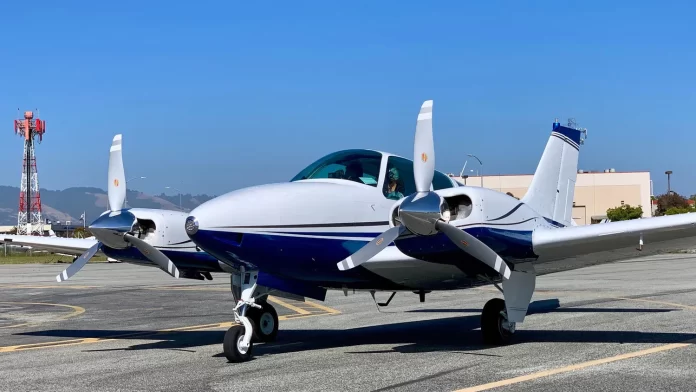Are you dreaming of soaring through the skies as a pilot? If so, you’ve probably heard the term multi-engine training, but what does it mean? This specialized training focuses on operating and controlling aircraft with multiple engines, offering aspiring pilots unique skills and knowledge.
By mastering the intricacies of multi-engine aircraft, pilots gain the ability to handle more complex flight scenarios and enhance their overall flying proficiency. Whether understanding the complexities of engine management or practicing advanced maneuvers, multi engine flight training is essential to becoming a skilled and confident pilot.
So, if you’re serious about pursuing an aviation career, take advantage of this exciting and rewarding specialized training. Let’s delve deeper into this fascinating topic and discover its many benefits for aspiring pilots like you.
Table of Contents
Understanding Multi-Engine Flight Training
Multi engine flight training forms a crucial part of a pilot’s education. It equips them with the necessary skills and knowledge to operate aircrafts with more than one engine. This multi engine training includes various drills designed to teach a specific performance aspect.
Acquiring a multi engine rating grants pilots the privilege to serve as a pilot-in-command (PIC) of aircraft equipped with more than one engine. This rating is an extraordinary milestone for aspiring aviators, propelling their career potential, by enabling them to undergo faster and longer flights. It’s important to note, this training opens up many new opportunities in the aviation industry.
The Multi-Engine Training Program: What Does It Involve?
The multi engine training program comprises both ground instruction and flight instruction. The time spent on each depends on the individual’s proficiency, but on average, the program includes around 7 hours of ground instruction and 7 hours of flight instruction.
Some flight schools offer accelerated programs where students can complete training in as little as three to five days, plus a check ride. These programs often include a pre-program online ground course to prepare students for their training and check-ride, followed by approximately 10 hours of flight training.
Interestingly, no specific hour requirements exist for adding a multi-engine rating to a certificate. However, most pilots typically require 10 hours of flight training to reach proficiency.
Advantages of Multi-Engine Training
Acquiring a multi engine rating brings several benefits. It allows pilots to enjoy the perks of flying aircraft with more than one engine. This includes additional power speed and redundancy in case of an engine failure, making flights safer and more reliable.
Moreover, multi engine training gives pilots a deeper understanding of aircraft systems and aerodynamics. This knowledge proves invaluable when operating complex aircraft under challenging conditions.
Fast Track Flight Training: A Reliable Partner
Fast Track Flight Training is a reputable institution offering comprehensive multi-engine flight training to budding pilots. Their experienced instructors and state-of-the-art equipment provide students with a conducive learning environment to develop skills and knowledge.
Wrapping Up: The Importance of Multi-Engine Training
A multi engine training is vital to a pilot’s journey. It equips you with the skills needed to handle aircraft with more than one engine, opening many opportunities in your aviation career. Whether you’re just starting your pilot training or looking to upgrade your skills, multi engine training is a step you will want to take advantage of.
















